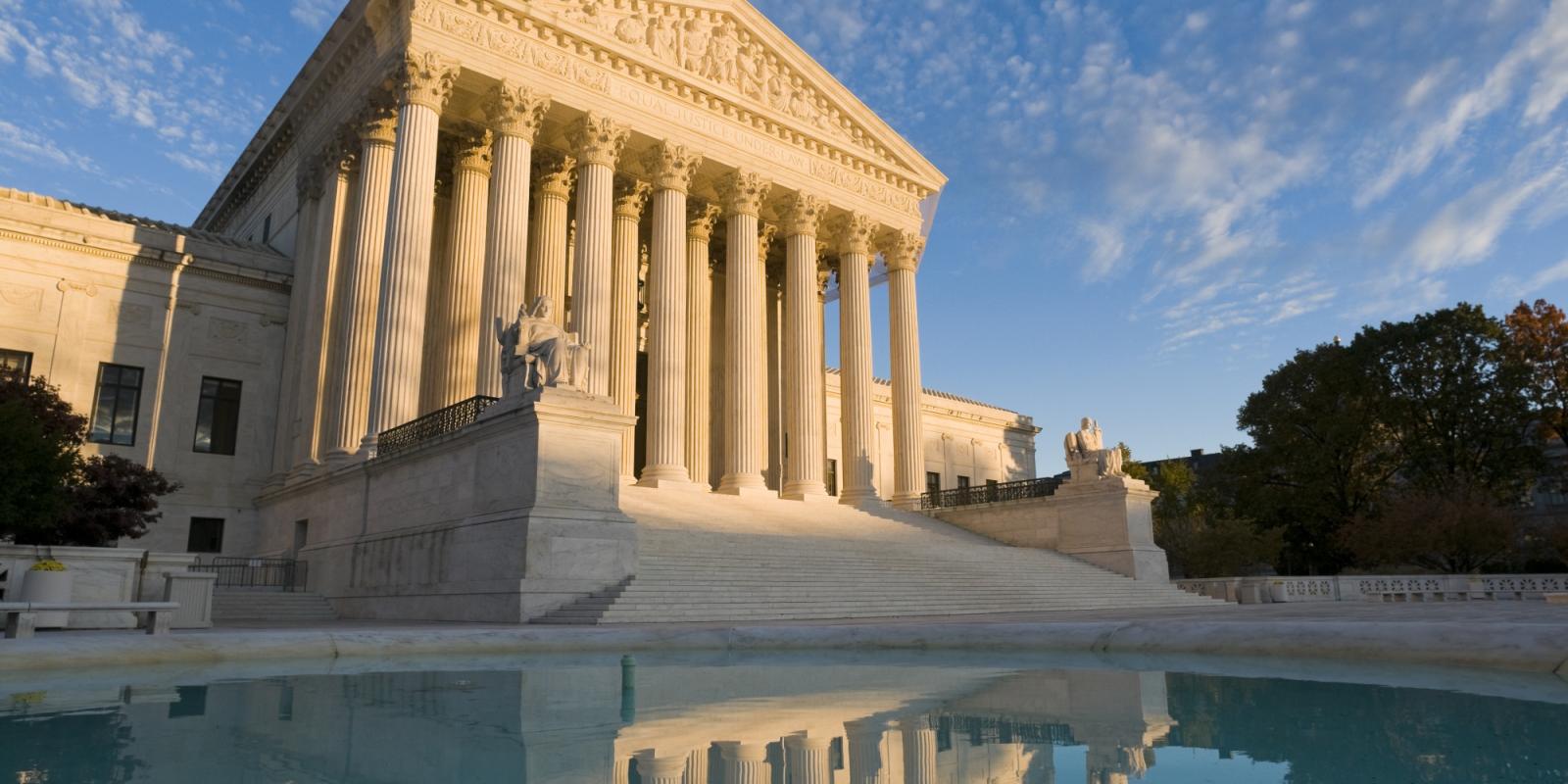You may have seen that the Supreme Court is hearing a case involving an Indiana nursing facility. The Court heard arguments from the attorneys in November 2022, and will issue its decision toward mid-2023.
What’s at stake? The Court is considering two primary questions. The first question is specific to government-operated nursing facilities. The now-deceased Gorgi Talevski lived in a nursing facility operated by an Indiana county, until the facility transferred him to a different nursing facility. His daughter alleges in a lawsuit that the original facility violated federal nursing facility law by giving him powerful psychotropic medications, and by wrongfully evicting him. The Court will decide whether the relevant resident rights—protecting residents against improper medication and wrongful evictions—can be enforced against a public facility in federal court.
The second question presents a risk far beyond the nursing facility sphere. In defending itself, the Indiana nursing facility argues that laws cannot be enforced in federal court against states and other public entities (including public nursing facilities) when the law is based on the public entity accepting federal money. If the Court were to adopt this reasoning, the consequences would be dire. Medicaid, SNAP (formerly food stamps), foster care payments and other public benefit programs are funded by the federal government but largely administered by states. A bad ruling in this case could make it virtually impossible for public benefits recipients to protect themselves when a state or other public entity violates federal law.
Still with me? Good. Let’s take a deeper look at the parties’ arguments.
We start with promising but somewhat surprising news. For context, remember that the Supreme Court accepts very few cases. The Court annually receives approximately 10,000 requests for review and, thus far, has accepted only 42 cases for the 2022-23 term. The Court accepting a case generally is seen as a sign that at least some Justices are favorably inclined toward the arguments of the party seeking review, which is the nursing facility in this instance. For this reason, public interest attorneys have feared the worst ever since the Court agreed to hear this case.
Curiously, however, the Justices in oral argument seemed relatively disinterested in the nursing facility’s broad-swath argument about laws based on federal funding. Here’s the thumbnail legal summary. The underlying federal law gives a right to sue when a state or other public entity deprives a person of a right created by the Constitution or federal law. This law was originally enacted more than 150 years ago and, according to the nursing facility, persons at that time could not sue to obtain a benefit promised in a contract between two other people. So, the nursing facility argues, a nursing facility resident today should not be able to sue to obtain the benefit of a contract between the federal government and a public nursing facility—specifically, the facility’s promise to honor resident rights.
‘The Justices in oral argument seemed relatively disinterested in the nursing facility’s broad-swath argument about laws based on federal funding.’
Mr. Talevski’s daughter, along with many friend-of-the-court briefs, has pushed back against this argument in a variety of ways. The simplest argument is very simple indeed: So what? Congress generally enacts a law to create new legal rights; accordingly, the relevant federal law should be interpreted based on the law’s actual language, not on preexisting law from the 1860s. In oral argument, new Justice Ketanji Brown Jackson was particularly forceful in zeroing in on this point.
By contrast, the Justices during oral argument engaged more heavily with the arguments specific to public nursing facilities. The relevant federal law gives a right to sue only for violation of federal “rights,” so one question is whether a resident’s legal protections against improper medication and wrongful evictions are “rights” for the purposes of suing in federal court. Both parties have some legal ammunition here but, as Justice Brett Kavanaugh pointed out, an “uncomfortable fact” for the nursing facility is the reality that “the statute says rights over and over again.”
The nursing facility also argues that a right to sue is contraindicated by a resident’s ability under federal nursing facility law to file a grievance with the facility and/or a complaint with the government inspection agency. Here again both parties have legal ammunition. Mr. Talevski’s daughter is more likely to prevail on this issue to the extent that the Justices find that the right to sue is complementary to, rather than incompatible with, a resident’s ability to file grievances and complaints.
So now we wait. It’s bad karma to predict what a court might do, but I can say that Justice in Aging fully supports the positions taken by Mr. Talevski’s daughter. When a Medicaid program or nursing facility violates older Americans’ rights, they must be able to protect themselves in federal court.
Eric Carlson is an attorney and Director of Long-Term Services and Supports Advocacy for Justice in Aging which, through a brief authored by AARP Foundation Litigation, appeared as friend of the court in the Supreme Court case discussed in this blog.













